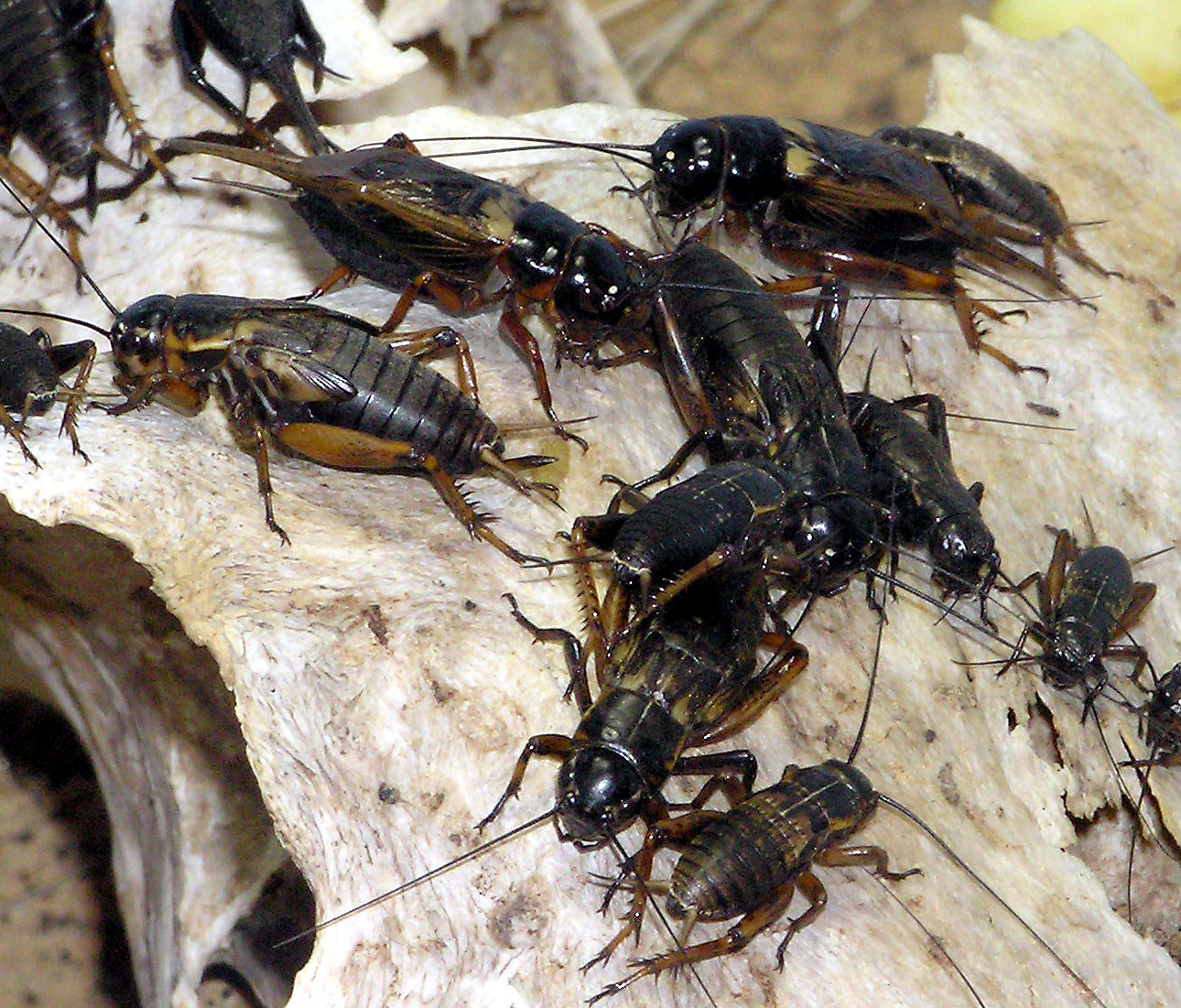|
Aphonomorphini
Aphonomorphini is a tribe of crickets in the subfamily Hapithinae Hapithinae is a subfamily of insects in the cricket family Gryllidae. It is one of several groups referred to in American English as "bush crickets" (along with Eneopterinae and Trigonidiinae), although this term can be confused with the Tettigon .... There are about 6 genera and more than 90 described species in Aphonomorphini. Genera These six genera belong to the tribe Aphonomorphini: * '' Aenigmaphonus'' Gorochov, 2010 * '' Aphonomorphus'' Rehn, 1903 * '' Eneopteroides'' Chopard, 1956 * '' Idiotrella'' Gorochov, 2002 * '' Paraphonus'' Hebard, 1928 * '' Spiraphonus'' Gorochov, 2010 References Further reading * * Crickets Orthoptera tribes {{gryllidae-stub ... [...More Info...] [...Related Items...] OR: [Wikipedia] [Google] [Baidu] |
Hapithinae
Hapithinae is a subfamily of insects in the cricket family Gryllidae. It is one of several groups referred to in American English as "bush crickets" (along with Eneopterinae and Trigonidiinae), although this term can be confused with the Tettigoniidae. Taxonomy The ''Orthoptera Species File'' lists three tribes: Aphonomorphini Auth.: Desutter-Grandcolas, 1988 (Central & S. America, SE Asia) * '' Aenigmaphonus'' Gorochov, 2010 * '' Aphonomorphus'' Rehn, 1903 * '' Eneopteroides'' Gorochov, 2010 * '' Idiotrella'' Desutter-Grandcolas, 2017 * '' Paraphonus'' Otte & Perez-Gelabert, 2009 * '' Spiraphonus'' Otte & Perez-Gelabert, 2009 Cearacesaini Auth.: Koçak & Kemal, 2010 (South America) * '' Barota'' Chopard, 1956 * '' Cearacesa'' Hebard, 1928 * '' Najtaecesa'' Uhler, 1864 (flightless bush crickets) * '' Taroba'' Saussure, 1878 Hapithini Auth.: Gorochov, 1986 (Central & S. America) * '' Carylla'' Gorochov, 2002 * '' Gryllophyllus'' Gorochov, 2017 * '' Hapithus'' Uhler, 1864 - ... [...More Info...] [...Related Items...] OR: [Wikipedia] [Google] [Baidu] |
Idiotrella
''Idiotrella''Gorochov AV (2002) ''Zoosystematica Rossica'' 10(2): 347. is a genus of crickets in the subfamily Hapithinae and tribe Aphonomorphini. Species have been recorded from: Indo-China and West Malesia including Borneo. Species The ''Orthoptera Species File'' lists: * ''Idiotrella coomani'' (Chopard, 1939) - Vietnam * ''Idiotrella javae'' Gorochov, 2002 – type species * ''Idiotrella karnyi'' (Chopard, 1929) * ''Idiotrella malaccae'' Gorochov, 2002 * ''Idiotrella pachyonyx ''Idiotrella''Gorochov AV (2002) ''Zoosystematica Rossica'' 10(2): 347. is a genus of crickets in the subfamily Hapithinae and tribe Aphonomorphini. Species have been recorded from: Indo-China and West Malesia including Borneo. Species The '' ...'' (Chopard, 1930) References External links * {{taxonbar, from=Q10534054 Ensifera genera crickets Orthoptera of Asia ... [...More Info...] [...Related Items...] OR: [Wikipedia] [Google] [Baidu] |
Tribe (biology)
In biology, a tribe is a taxonomic rank above genus, but below family (biology), family and subfamily. It is sometimes subdivided into subtribes. By convention, all taxonomic ranks from genus upwards are capitalized, including both tribe and subtribe. In zoology, the standard ending for the name of a zoological tribe is "-ini". Examples include the tribes Goat-antelope#Tribe Caprini, Caprini (goat-antelopes), Hominini (hominins), Bombini (bumblebees), and Thunnini (tunas). The tribe Hominini is divided into subtribes by some scientists; subtribe Hominina then comprises "humans". The standard ending for the name of a zoological subtribe is "-ina". In botany, the standard ending for the name of a botanical tribe is "-eae". Examples include the tribes Acalypheae and Scilloideae#Hyacintheae, Hyacintheae. The tribe Hyacintheae is divided into subtribes, including the subtribe Massoniinae. The standard ending for the name of a botanical subtribe is "-inae". In bacteriology, the form ... [...More Info...] [...Related Items...] OR: [Wikipedia] [Google] [Baidu] |
Gryllidae
The family ''Gryllidae'' contains the subfamilies and genera which entomologists now term true crickets. Having long, whip-like antennae, they belong to the Orthopteran suborder Ensifera, which has been greatly reduced in the last 100 years (''e.g.'' ImmsImms AD, rev. Richards OW & Davies RG (1970) ''A General Textbook of Entomology'' 9th Ed. Methuen 886 pp.): taxa such as the spider-crickets and allies, sword-tail crickets, wood or ground crickets and scaly crickets have been elevated to family level. The type genus is '' Gryllus'' and the first use of the family name "Gryllidae" was by Walker. They have a worldwide distribution (except Antarctica). The largest members of the family are the -long bull crickets ('' Brachytrupes'') which excavate burrows a metre or more deep. The tree crickets ( Oecanthinae) are delicate white or pale green insects with transparent fore wings, while the field crickets ( Gryllinae) are robust brown or black insects. Subfamilies The fami ... [...More Info...] [...Related Items...] OR: [Wikipedia] [Google] [Baidu] |
Crickets
Crickets are orthopteran insects which are related to bush crickets, and, more distantly, to grasshoppers. In older literature, such as Imms,Imms AD, rev. Richards OW & Davies RG (1970) ''A General Textbook of Entomology'' 9th Ed. Methuen 886 pp. "crickets" were placed at the family level (''i.e.'' Gryllidae), but contemporary authorities including Otte now place them in the superfamily Grylloidea. The word has been used in combination to describe more distantly related taxa in the suborder Ensifera, such as king crickets and mole crickets. Crickets have mainly cylindrically-shaped bodies, round heads, and long antennae. Behind the head is a smooth, robust pronotum. The abdomen ends in a pair of long cerci; females have a long, cylindrical ovipositor. Diagnostic features include legs with 3-segmented tarsi; as with many Orthoptera, the hind legs have enlarged femora, providing power for jumping. The front wings are adapted as tough, leathery elytra, and some cricket ... [...More Info...] [...Related Items...] OR: [Wikipedia] [Google] [Baidu] |
